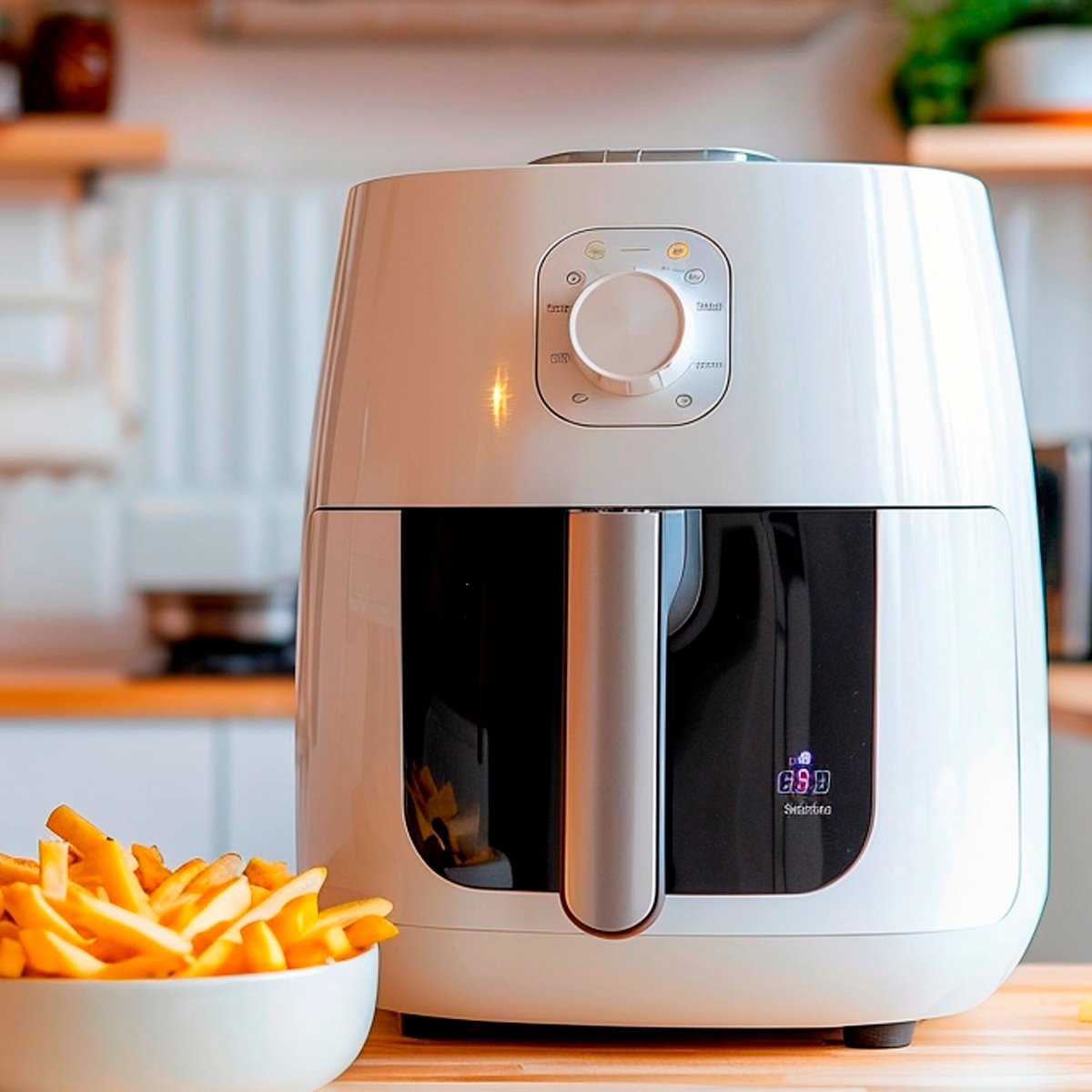
Walk into any kitchen these days and you’re likely to find a sleek, modern air fryer sitting on the counter. But, have you ever wondered just who invented air fryer appliances? It seems like it just appeared overnight, doesn’t it?
This seemingly simple question takes us on a surprising journey, uncovering an inventor with a dream of healthier fried food and a fascinating evolution of technology that spans decades.
The invention of the air fryer is deeply rooted in the development of air frying technology, which facilitates frying with little to no oil, contributing to healthier eating habits and the ability to cook a variety of dishes evenly and quickly.
In a world captivated by the allure of crispy french fries and juicy fried chicken, it’s ironic that the humble air fryer wasn’t conceived out of a passion for fried delights.
The need to address the less appealing aspects of fried food actually paved the way for this groundbreaking kitchen appliance. Let’s delve deeper into the history of the air fryer, from its unlikely origins to its modern counterparts today.
Jump to:
The Unlikely Origin of the Air Fryer
The air fryer, a mainstay in kitchens across the globe today, traces its roots back not to some greasy spoon diner but to an inventor’s ambition to transform how we approach frozen meals.
In the early 2000s, Dutch inventor Fred van der Weij envisioned a future where the crispy satisfaction of fried food didn’t have to come with the downsides of traditional deep frying methods.
Fred van der Weij wanted to find a way to recreate that delicious crunchy texture without the need for a pool of oil. His primary aim was to create an appliance that offered a healthier and more convenient method of frying foods.
Early Experimentation and Prototypes
How does an air fryer work? The heart of his invention lies in what’s known as “rapid air technology”. This technique demonstrates how air fryers work by utilizing a powerful fan to circulate hot air around the food, essentially mimicking the effects of deep frying. By evenly distributing this heated air, food surfaces achieve a delightful crispiness, while internal moisture stays locked in.
Early prototypes, fueled by van der Weij’s ingenuity, gradually improved the taste and texture of the food produced. In 2007, his efforts led to the successful development of a functional and user-friendly product. It was a crucial moment in the air fryer’s evolution.
Partnership With Philips
However, to get his vision into millions of kitchens he needed the resources of a major appliance manufacturer. That’s when he reached out to Philips Electronics. Recognizing the potential of his innovative invention, they collaborated to refine the air fryer and introduce it to the world.
The collaboration also led to the development of the commercial air fryer, which featured larger food chambers and more potent heating elements, making it ideal for healthier cooking methods in commercial settings.
The rest, as they say, is history. Philips debuted the groundbreaking appliance, named the Philips Airfryer, in Berlin in 2010, marking a significant milestone for cooking enthusiasts around the globe.
Air Fryer's Ascent to Culinary Stardom
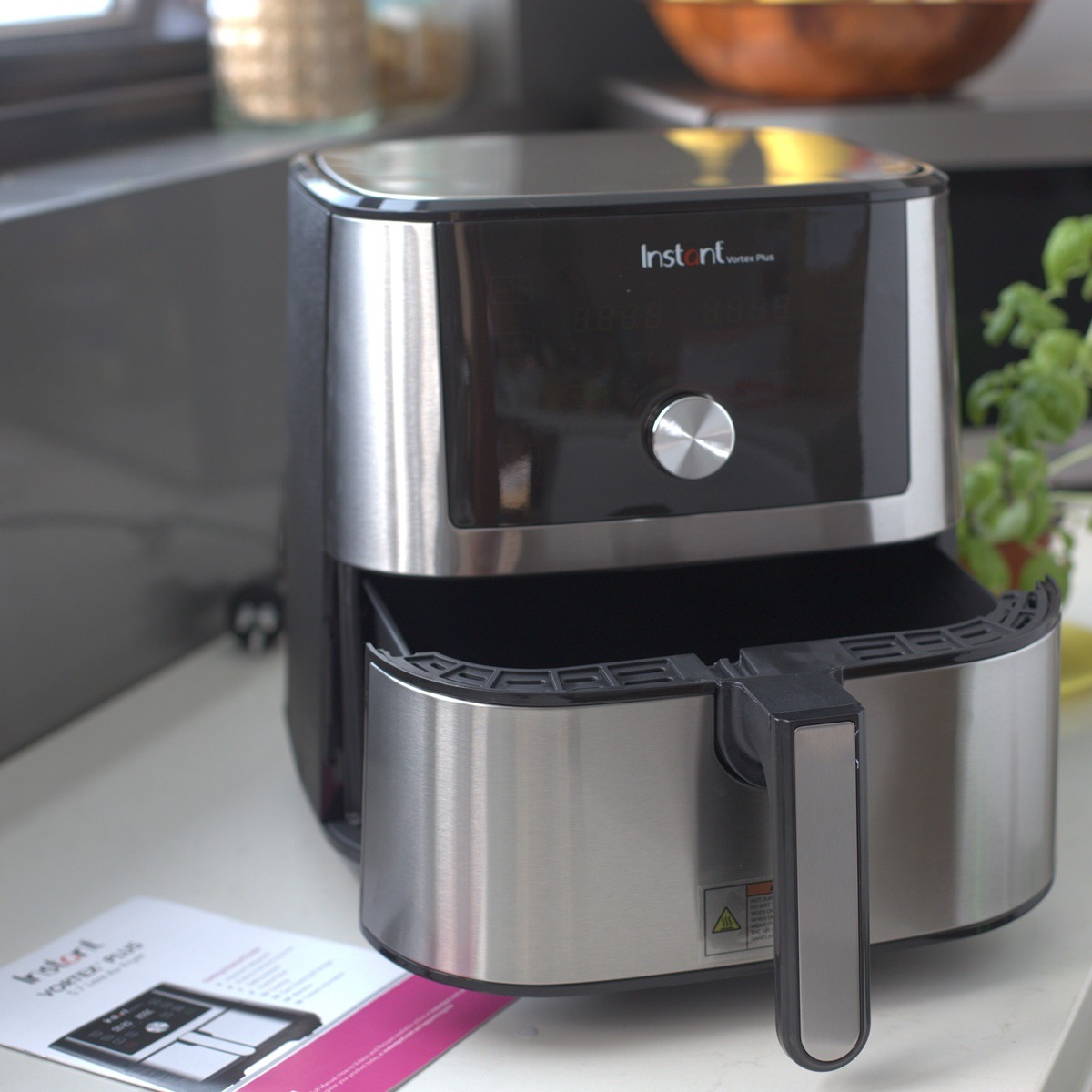
The Philips Airfryer instantly captured consumers’ attention because people craved fried foods without unhealthy fats. Philips promoted it as a way to cook fry foods with “up to 80% less fat” through air frying technology.
This health-conscious appeal perfectly aligned with the evolving food preferences of the 21st century, propelling the air fryer to unprecedented popularity.
Healthier Frying Catches On with Rapid Air Technology
Health-conscious individuals were quick to embrace the air fryer. The air fryer’s impact went beyond individual households.
Studies, like this one published in the Journal of Food Science and Technology, suggest that compared to traditional frying, air frying technology can help food retain more of its nutrients while lowering the fat content. In essence, the air fryer had effectively disrupted traditional frying by addressing the primary concern - excessive fat intake.
The evolution of air frying technology has significantly impacted modern cooking by facilitating frying with little to no oil, contributing to healthier eating habits, and developing improved heating elements and temperature controls.
Related: Is Air Fryer Healthier than Oven: Deep Dive and FAQ
Growing Market Demand
As the popularity of the air fryer skyrocketed, it significantly changed cooking practices around the world. Recognizing the consumer shift towards this game-changing appliance, competing brands started producing their own versions.
Compared to a convection oven, which uses a larger size and a wider variety of cooking functions, the air fryer is more efficient for quick and crisp results due to its concentrated hot air circulation.
Now a wide array of models were available, each with unique features and designs, further fueling the air fryer’s rise. Today, close to 40% of American households own an air fryer, making it an essential appliance for both home cooks and those just trying to reheat last night’s leftovers.
Its global reach mirrors its growing influence, demonstrating that this kitchen appliance truly revolutionized how people prepare and enjoy food.
Looking Back Further
It’s a common misconception that Fred van der Weij was the sole inventor who envisioned the air fryer out of thin air. While he deserves recognition for bringing it into modern kitchens, there’s a fascinating history to trace back to over 100 years ago, showcasing early concepts of “air cooking.”
Electric Air-Pressure Cooker in 1904
An intriguing glimpse of this comes from a Technical World Magazine article from 1904, detailing the advent of an “electric air-pressure cooker.” It touted its ability to retain flavor and reduce shrinkage during cooking, clearly showcasing early efforts in applying the power of hot air to enhance food preparation.
This innovative device, ahead of its time, demonstrates that cooks have always explored ways to enhance the cooking experience. Although it wasn’t quite the countertop appliance we now associate with crispy treats, the conceptual similarities highlight the air fryer’s evolution from its very beginnings.
It’s fascinating how, over a century apart, these inventors all focused on harnessing circulating hot air as the key ingredient for improved food preparation. This early device shows how an air fryer works, using hot air to cook foods faster than traditional ovens, evenly distribute heat, and reduce the need for oil.
Also read: How Do I Prevent Acrylamide in My Air Fryer: Key Tips
The Maxson Whirlwind Oven: An Early Ancestor
Moving forward, in 1945, inventor William L. Maxson filed a patent for a groundbreaking appliance: an electric oven with a unique function - the Maxson Whirlwind Oven, as described in New Air. A lifelong tinkerer and innovator, William stumbled onto this concept out of pure necessity and was even called “one of those stereotypical inventors” in the same article.
You see, back then, if you wanted something frozen - you had to invent it yourself. While experimenting with freezing cauliflower in the 1930s, he marveled at how it retained freshness when reheated, sparking an enduring fascination with frozen foods. He became so invested in freezing that he reportedly “gave up on eating fresh food.”
Driven by the demand for hot, palatable in-flight meals, his oven stood out as an engineering marvel for its ability to distribute hot air uniformly with a motorized heating element. The Maxson Whirlwind Oven wasn’t meant for the average home kitchen.
This industrial behemoth tipped the scales at a hefty 35 pounds and sadly, never hit the consumer market as detailed by Eater. Still, it clearly laid the foundation for circulating hot air to evenly cook food – a crucial element in what ultimately brought us the compact and versatile countertop air fryer today.
The commercial air fryer, with its larger food chambers and more potent heating elements, represents a significant technological advancement from the Maxson Whirlwind Oven. It plays a crucial role in healthier cooking methods in commercial settings.
Bridging the Gap

For years, despite advancements in various cooking appliances, home cooks mainly relied upon traditional deep frying methods with large pans full of sputtering oil.
While the microwave took center stage for quick meals starting in the 1970s, there was no dedicated, health-focused way to replicate that craveable, fried-food crunch at home until Philips released the air fryer in 2010.
Then, consumer interest boomed. Today, thanks to Fred van der Weij’s dedication and innovative “rapid air technology”, millions can achieve their dream of making perfectly crispy, golden-brown snacks and main dishes with a fraction of the oil required in the past.
His invention bridges a historical gap between early “air cooking” concepts and modern culinary demands for convenient and healthy cooking.
FAQ's
Fred van der Weij developed the first countertop air fryer designed for home kitchens as we know them today. Philips, in partnership with him, brought it to the consumer market in 2010.
People had always loved their fries, onion rings, and chicken wings. But with rising health concerns about deep frying in vats of oil, the ability to create the same crispy treats with significantly less fat was appealing.
The air fryer answered a desire for healthier alternatives without sacrificing taste or texture. On top of that, it offered faster cooking times compared to traditional methods, helping families prepare a delicious and guilt-free meal in minutes, not hours.
The term "Airfryer", as coined and marketed by Philips, signifies their first consumer-facing countertop air fryer, released in 2010. That specific model set the stage for countless others to follow. However, remember the innovative "Maxson Whirlwind Oven" of 1945 also harnessed hot air circulation to heat frozen foods – demonstrating that innovative cooking techniques have a long history.
Conclusion
So, back to our initial question: Who invented the air fryer? We discovered that it took several decades and numerous visionaries to bring this kitchen innovation to life. Fred van der Weij is rightly celebrated as the inventor who designed and brought it into the mainstream market.
Yet, these early experimentations contributed to the foundational knowledge of circulating hot air to cook food. Thus, we have air fryers galore and a healthier way to fry foods without all the extra hassles and calories!




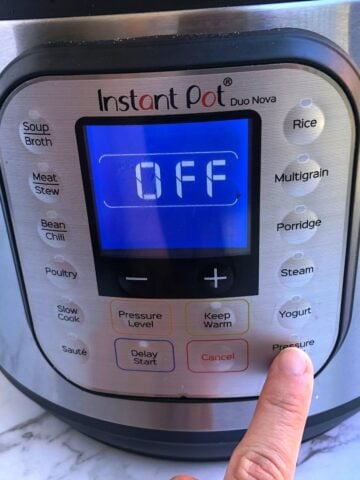
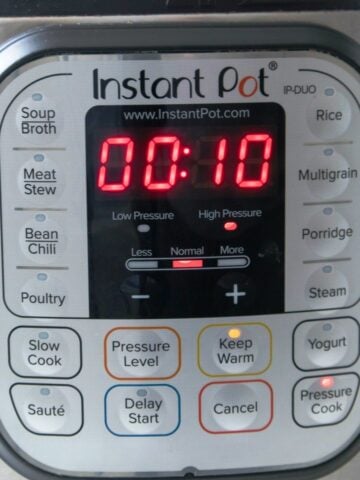
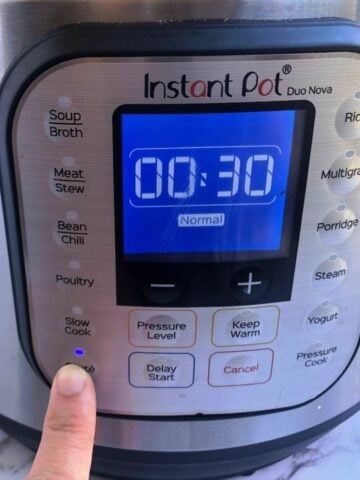



Leave a Reply